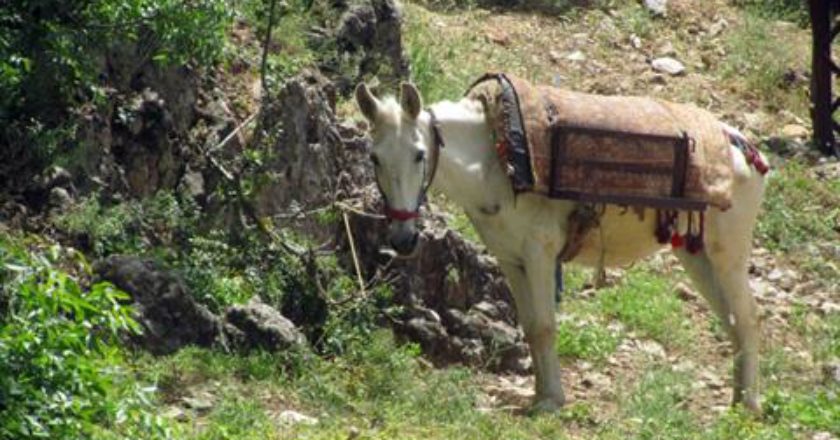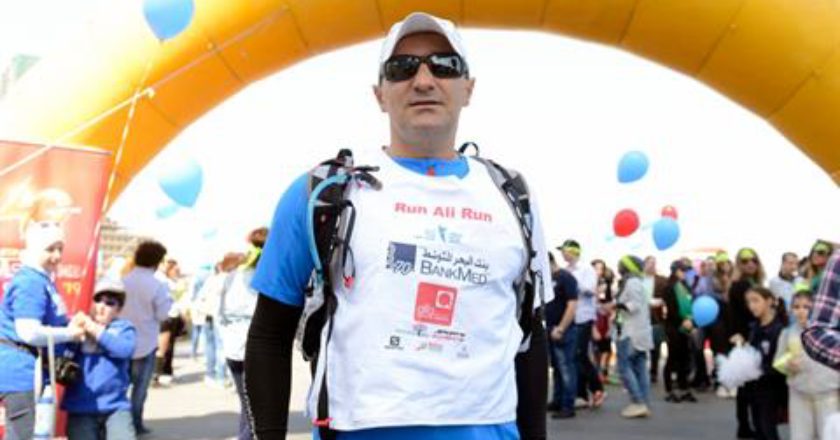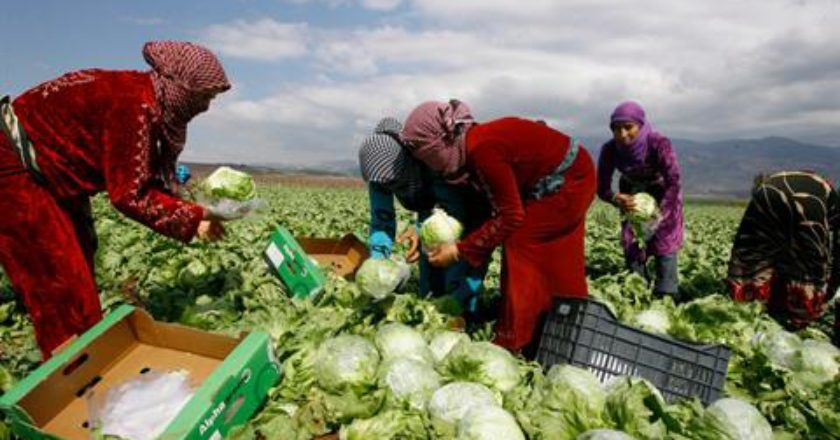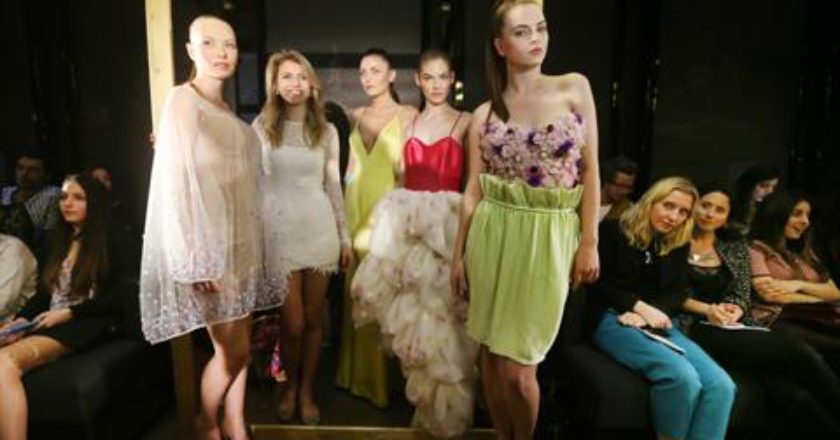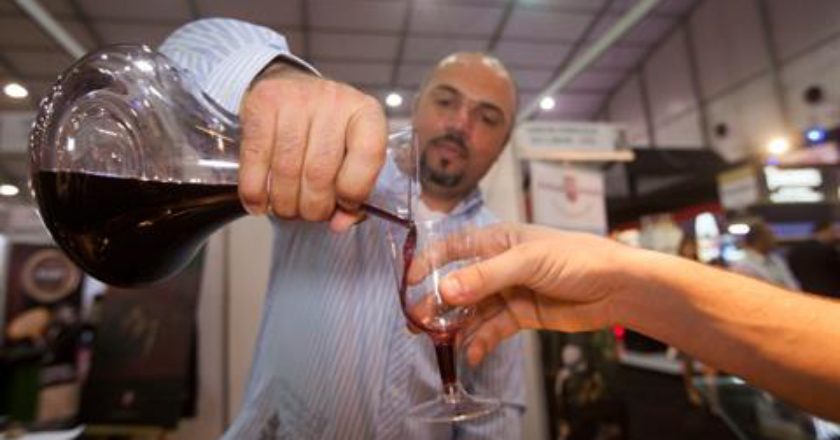BEIRUT: Overlooking the endless flow of traffic and congestion on Beirut’s seaside corniche road is a clean, futuristic showroom that features some of the quietest and tiniest cars on the market.
Right now, they’re no match for the big, high-powered gas guzzlers in terms of popularity, but their environmental benefits and quirkiness are undeniable.
“The electric car is the future,” says Hussam Khanji, general manager of Monza Cars in Beirut’s Raouche district, which became the only dealership selling the Italian-made Estrima Biro electric cars last year. “It started in Europe – Italy, France and Spain. Now it’s happening here.”
At just over 1 meter (1.03 to be precise), and with an electric cord that plugs into a regular socket, using 0.5 amperes of electricity (similar to a low-consuming household appliance), the approximately $20,000 Biro looks and feels like something futuristic and comical, straight out of a Jetsons cartoon, or a golf cart that has lost its way and stumbled onto the streets of Beirut.
In fact, electric cars have existed since the late 1800s, but were eclipsed by combustion engine models that offered lower costs, more ease of control and better mileage. The 1990s, which saw higher oil prices and increased environmental awareness, witnessed a renewed interest in the electric car.
Over the past 20 years, a range of models have been developed, with the same challenges to make it mainstream as those faced nearly 150 years ago – batteries. But as a competitive high-tech market in electric cars evolves, experts believe that in about a decade they will be the norm rather than the exception.
A quick test drive shows that the Biro is quiet, easy to maneuver and comfortable, and a short video shows the car’s ability to park perpendicular to the curb, having a similar length to a motorcycle. The driver then ends the ride by popping the battery out of the trunk of the car and wheeling it to the nearest power outlet.
“This is designed specifically for a clean environment,” says Mohammad Monza Cars salesman Abdul Ghafour, after giving the standard enthusiastic sales pitch, complete with a rundown of all the vital stats.
For this vehicle, however, the promotion is done with a bit more of a disclaimer than for the other cars at the dealership. For an overnight charge, Biro can travel about 45 kilometers. And with only two seats, and a maximum speed of 45 kmph, Monza salesmen make sure customers are aware that the Biro is meant for city use.
“This is for people who can afford a second car, who can go downtown during the day and to Ashrafieh or Gemmayzeh at night for dinner,” says Khanji, who is quick to emphasize that it’s not for highway use.
In fact, its small size makes it nearly as vulnerable as motorcycle on the open road
Still, the Monza manager says he believes that it’s just a matter of time before the technology of electric cars is used more widely and in larger cars at higher mileage.
For now, he’s happy to be selling an environmentally friendly car that will one day, in one form or another, go mainstream.
For the past several months, Khanji and his wife have been driving a little Biro around town, as much for test-driving as for promoting the curious-looking little electric car.
“People stop me and ask me about it, and they take pictures,” says Khanji, who has put a sticker on the back with the dealership’s information for potential customers to inquire about the car – probably their best marketing tool until the shipment of 40 ordered cars from Italy arrives at the port next month.
Source: The Daily Star


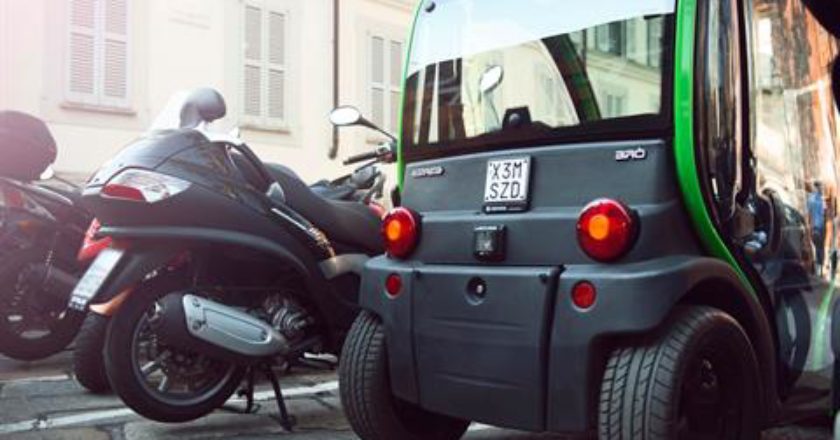
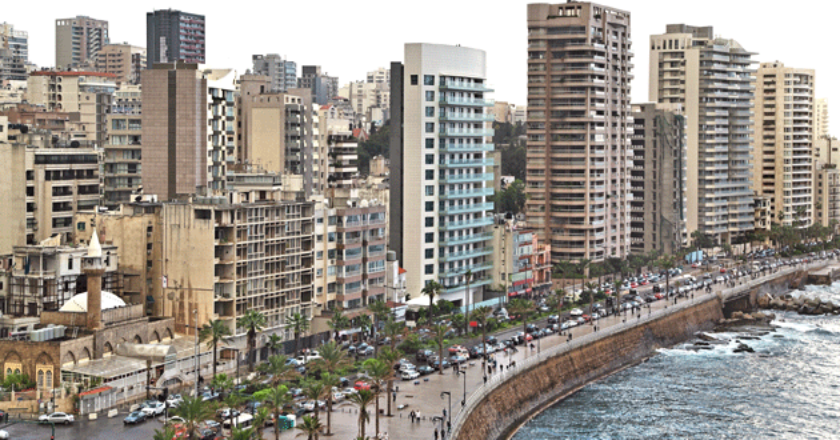
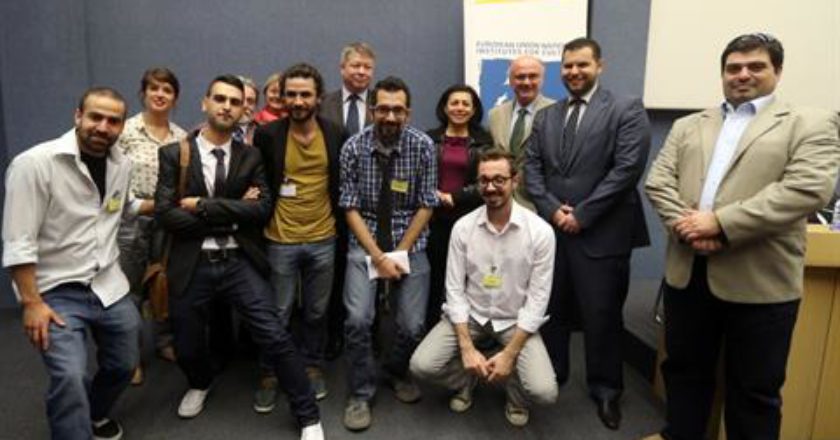

 favorite is Bachir’s (photo). Just order the small cone with mixed flavors. Its colorful, mouth-watering, filling, and still under $2. Don’t worry if you can’t find it. There’s one on almost every other street.
favorite is Bachir’s (photo). Just order the small cone with mixed flavors. Its colorful, mouth-watering, filling, and still under $2. Don’t worry if you can’t find it. There’s one on almost every other street.
